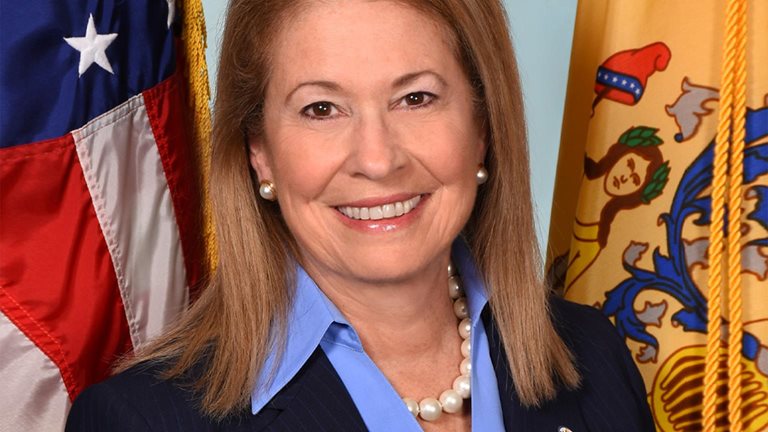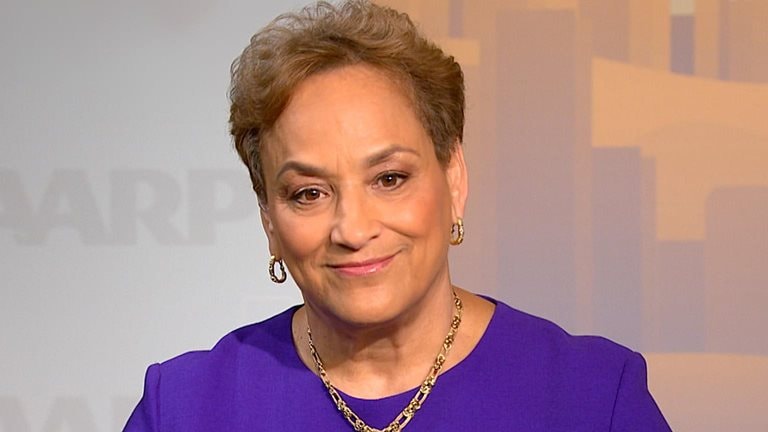 | |
|
|
ON HEALTHY AGINg |
How to make older ages healthier and happier |
Ellen Feehan
|
|
|
|
|
|
|
| At the McKinsey Health Institute (MHI), we’re focused on a modern perspective of health that extends beyond the physical to include mental, social, and spiritual health. What enhances health, however, changes as we age.
We define healthy aging as having continual “functional capacity”—or the ability to live daily life without undue pain or fatigue. Over time, an individual’s environment becomes increasingly important to being able to function, especially as physical, mental, social, or spiritual capacity declines. For example, an older person with a chronic illness living in a supportive environment may have more functional capacity than someone who is physically well but isolated.
In a recent MHI survey of more than 21,000 adults over 55 in 21 countries, we learned that older adults think five factors matter most to their health and functional capacity. The first four are having purpose, managing stress, being physically active, and interacting with others. The fifth is participating in activities beyond the home that incorporate purpose, stress reduction, movement, and socialization (such as volunteering, employment, learning, or being involved in community programs). People who do these things rate their health higher than their peers who don’t.
In general, older adults are active in their societies, though participation levels vary greatly depending on the context. However, a substantial number of older adults want to be doing more.
When it comes to employment, between 19 and 25 percent of respondents aged 55 and older said they are not working even though they want to work. I’m expressing those percentages as a range because there was some variation among respondents in different types of economies: desire to work was slightly lower in the highest-income societies, but higher in both lower-income and middle-income economies. Lower-income economies also had the highest percentage (38 percent) of respondents who said they are working because they want to, citing personal fulfillment, financial reasons, and health reasons as top factors. Among older adults, 84 percent, 63 percent, and 53 percent of older adults’ primary motivation for working is nonfinancial in India, China, and Brazil, respectively.
| | |
| | | “Between 19 and 25 percent of respondents aged 55 and older said they are not working even though they want to work.” | | |
| | | | | | | Ellen Feehan is a partner in McKinsey’s New Jersey office. | | |
| | | | | | | Aditya Sanghvi on the pandemic’s effect on real estate | | | A recent McKinsey report examined the pandemic’s impact on urban real estate and modeled scenarios for demand through 2030. The bottom line: fewer days in the office has sent shock waves throughout the industry. | | | | |
| | |
This email contains information about McKinsey’s research, insights, services, or events. By opening our emails or clicking on links, you agree to our use of cookies and web tracking technology. For more information on how we use and protect your information, please review our privacy policy. |
|
You received this email because you subscribed to our McKinsey Quarterly alert list. |
|
|
Copyright © 2023 | McKinsey & Company, 3 World Trade Center, 175 Greenwich Street, New York, NY 10007 |
|
|
|
|







